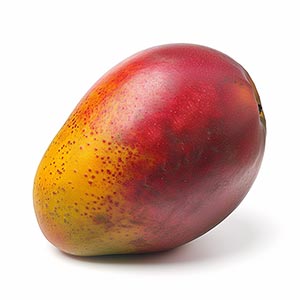Indian Mango, in the context of perfumery, is typically used to convey a sense of lush, tropical sweetness and richness. It adds a fruity, exotic nuance to fragrance compositions. The aroma of Indian Mango is often associated with warmth and sun-ripened sweetness, bringing a sense of tropical lushness to the fragrances. It's a versatile note, used in both masculine and feminine fragrances, often to add a sense of depth and tropical allure. Indian Mango's fragrance profile is characterized by a rich, sweet, and juicy scent, resembling the actual fruit. This makes it an excellent choice for creating a vibrant and inviting olfactory experience. In the world of perfumery, Indian Mango is especially prized for its lush, juicy aroma which is both intense and delicately balanced. It's often used to add a layer of complexity and exotic appeal to a fragrance, especially in compositions where a tropical or fruity character is desired. The note of Indian Mango blends well with other fruity, floral, and even some woody notes, allowing for creative and diverse perfume formulations. Its rich and sweet profile complements many different types of scents, making it a popular choice among perfumers looking to add a touch of exoticism and warmth to their creations.
Natural or Synthetic?
While it is theoretically possible to extract essential oils or absolutes from mangoes, the process is not commonly practiced due to practical and economic constraints. There is limited information available on the extraction of mango scent for perfumery use, suggesting that the use of Indian Mango in perfumes is primarily a synthetic recreation of the fruit's aroma. Therefore, in perfumery, the Indian Mango note is often achieved through synthetic means, capturing the essence of the fruit's sweet and tropical aroma without the challenges of natural extraction.
Fragrance Families Indian Mango Most Commonly Found In
Show fragrances that contain Indian Mango as a note



